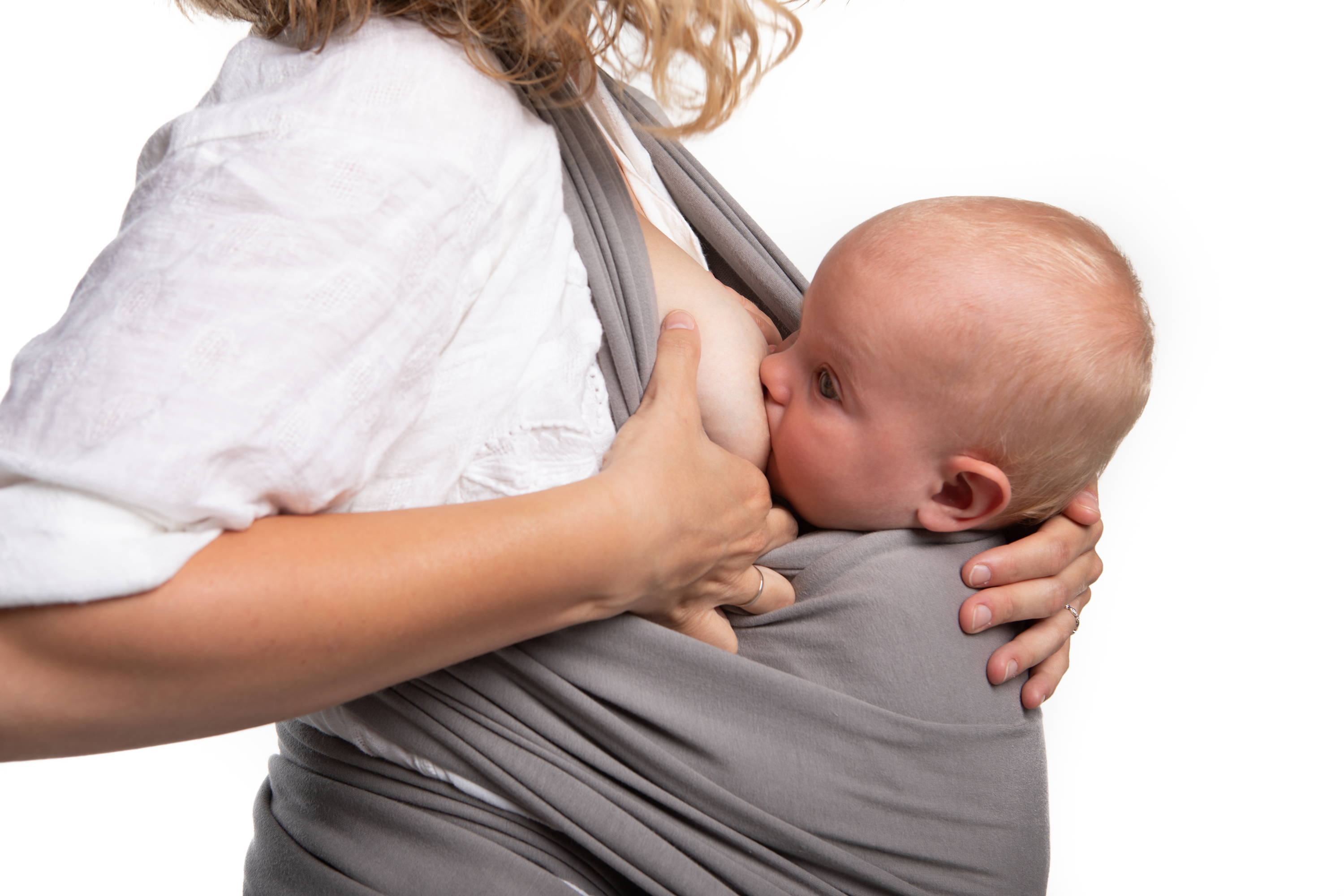Feeding in a carrier can be super handy if you are out and about, however there are very clear safety factors we need to let you know about. This is particularly important when babies are premature and up to the age of 4 months.
This information is specific to the combination of feeding AND using a sling or carrier together. See our Safety page for general babywearing safety information.
When is UNSAFE to breastfeed in a carrier?
Based on studying the small number of tragic accidents that have occured with carriers over the years, breastfeeding in a sling or carrier can be unsafe and even result in baby death when there are certain common factors.
We strongly recommend you DO NOT FEED IN A CARRIER in these situations:
- When your baby is premature - even when baby is only a few weeks prem
- When your baby has a cold, congestion or is otherwise unwell or has health problems
- When you are distracted with other children or other things are going on
- Do not cover your baby during or after breastfeeding in the carrier
It doesn't mean you can't safely carry in a sling or baby carrier in these situations, however the combination of breastfeeding in a carrier and these factors has resulted in deaths tragically occuring.
How can you make feeding in a carrier safe:

Extra special care should be taken with feeding in carriers or slings until at least 4 months.
- Be focused on your baby at all times, actively monitoring their airways and feeding.
- You are hands on baby, not leaving them low in the carrier while you do other things.
- You are not distracted with other children or tasks you are doing.
- You keep your baby safe, not the carrier
- Avoid using a cradle or lying down position where their chin can end up on their chest / cutting off airways
- Feed in an upright position
- Always gently reposition baby back to their face against the firm part of your chest as soon as they are finished active feeding, ie Don't leave baby lowered down on the breast sucking continuously.
- Tighten your carrier again after active feeding is finished
- Do not feed in carrier when baby is unwell, especially if baby is congested or has a cold
- Do not feed in the carrier if baby is premature
- Do not cover the carrier, ie you must be able to see baby's airways are clear at all times.
Techniques for breastfeeding in a carrier
It is often recommended that you learn to breastfeed and use a carrier separately first, as they are quite different skills. The key really is knowing how to use a carrier safely and being aware that there are more safety factors to consider when using a carrier and breastfeeding TOGETHER.
We only recommend breastfeeding in an upright position, by loosing your carrier a little and dropping baby's mouth down to the height of your breast. Then lifting baby back to the firm part of your chest and tightening the carrier as soon as your baby has finished actively finished.
Article from the Boba website - click here
